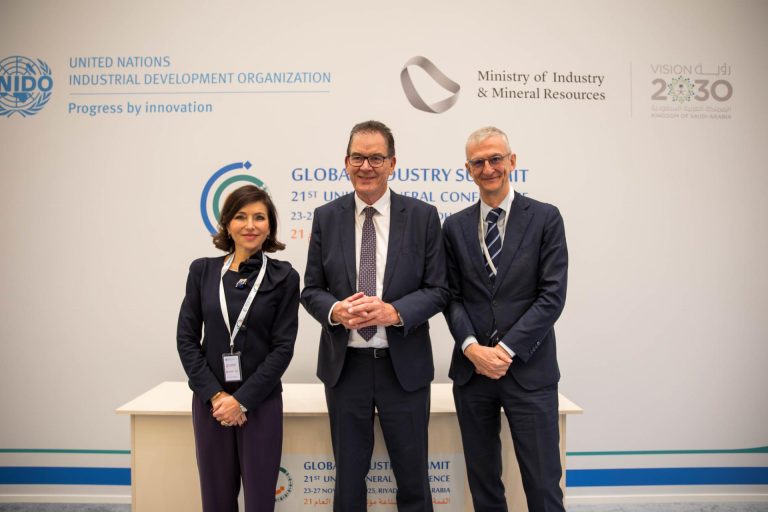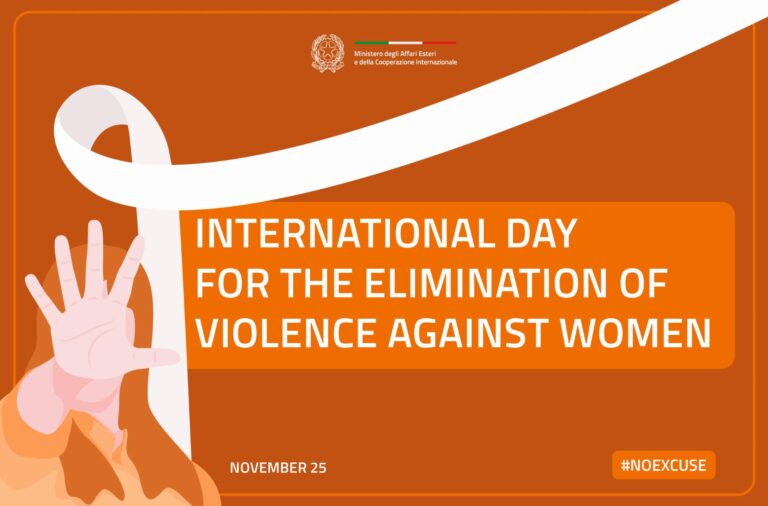On 2-6 March 2020 the 63rd session of Commission on Narcotic Drugs – CND was held in Vienna.
The session was opened by the Executive Director of UNODC, Ghada Waly, who highlighted the complex and dynamic nature of the world drug problem, and called upon Member States to intensify their efforts to implement the commitments undertaken at the international level, particularly those reiterated in the 2019 CND Ministerial Declaration. Moreover, Director Waly stressed the insufficiency of treatment services, which on a global scale are guaranteed only to one person out of seven who are affected by drug related problems.
In the national statement delivered in the plenary, Ambassador Alessandro Cortese focused on Italy’s balanced and comprehensive approach to the drug problem which is based on investments in prevention-oriented policies and on providing access to treatment services to all those in need through the network of public care units (SerD) and therapeutic communities. Moreover, he stressed Italy’s commitment to tackle the illegal production and trafficking of controlled substances, including new psychoactive substances sold online, and dismantle criminal organizations, through effective international cooperation. Ambassador Cortese also underscored the paramount importance of ensuring the full respect of human rights, fundamental freedoms and human dignity, and in this respect he reaffirmed Italy’s firm opposition to the death penalty.
On the margins of the plenary, Ambassador Alessandro Cortese intervened in two side events: the first one, organised by UNICRI, was dedicated to the role of families in drug prevention; the second one, organised by San Patrigano, focused on prevention policies involving young people.
Moreover, the Permanent Mission of Italy co-sponsored a side event dedicated to the “Rome Consensus 2.0” manifesto, organised by the Fondazione Villa Maraini and the International Federation of Red Cross and Red Crescent Societies – in collaboration with UNODC and WHO. The event highlighted the need to develop humanitarian drug policies which are free from stigma and discrimination.
In addition, the Società Italiana Patologie da Dipendenza organised a side event with the aim of highlighting the Italian efforts in effectively treating Hepatitis C among drug users.
After intense negotiations, the five resolutions submitted by member states were adopted by consensus by the Commission. The texts of the resolutions is available online (https://www.unodc.org/unodc/en/commissions/CND/session/63_Session_2020/63draft-resolutions.html )
– Intensifying efforts to combat the world drug problem through effective partnerships with the private sector (tabled by the United States)
– Promoting and improving the collection and analysis of reliable and comparable data to strengthen balanced, integrated, comprehensive, multidisciplinary and scientific evidence-based responses to the world drug problem (promoted by the Netherlands and tabled by Croatia on behalf of the 27 Member States of the European Union.)
– Promoting awareness-raising, education and training as part of a comprehensive approach to ensuring access to and the availability of controlled substances for medical and scientific purposes and improving their rational use (promoted by Belgium and tabled by Croatia on behalf of the 27 Member States of the European Union.)
– Promoting the involvement of youth in drug prevention efforts (tabled by Russia)
– Promoting alternative development as an inclusive and sustainable development-oriented drug control strategy (tabled by Peru and Thailand)
The Commission also approved at the unanimity the recommendations from the WHO and the INCB to put under international control twelve new substances (two analogues of fentanyl, one synthetic hallucinogenic, three synthetic cathinones, four synthetic cannabinoids and two benzodiazepines) and one precursor.







